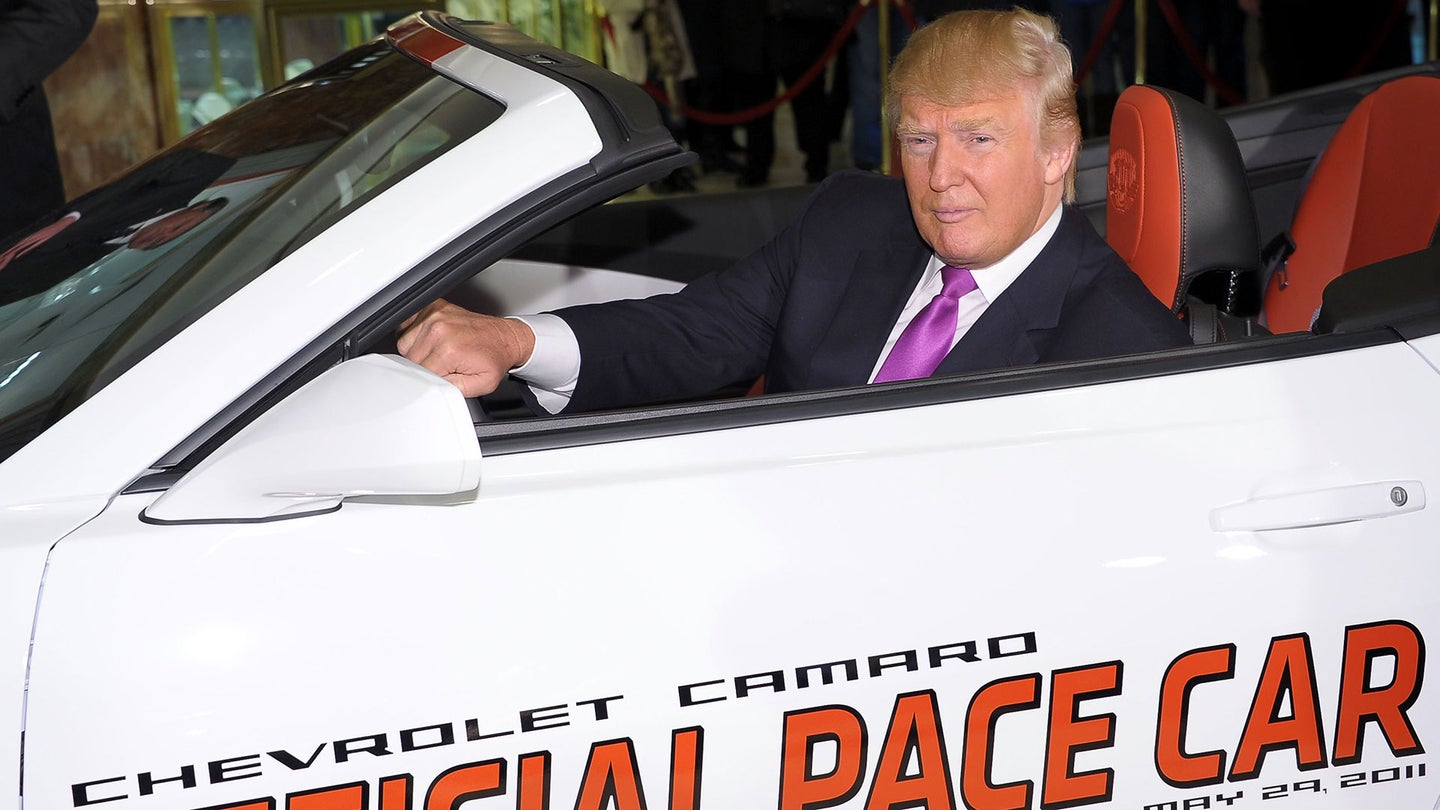Sorry, Trump’s EPA Changes Won’t Mean Giant New V8s
That’s just wishful thinking.

On more than one occasion in recent weeks, I’ve heard car lovers express the following thought during their personal searches to find some silver lining in President Donald Trump’s apparent plans to eviscerate the Environmental Protection Agency: Hey, maybe this means we’ll get giant new kickass naturally-aspirated engines again!
After all, if the EPA no longer forces car companies to stick to corporate average fuel economy standards, why, all those downsized, forced-induction engines that automakers have been transitioning to in order to eke through governmental testing won’t be needed anymore! AMG can go back to building the 6.2-liter M156 V8! GM can whip up a new big block for the mid-engined Corvette! Hell, Cadillac can finally build that 16-cylinder super-sedan the company’s been dreaming about since 2003!
Sorry, folks. Not gonna happen. And I’ll give you two reasons why not.
First off, automotive development cycles are just too long for carmakers to plan them around a presidential term. Designing an entirely new engine doesn’t just take a lot of money—it takes a lot of time, too. And most engines wind up being planned for multiple models, each of which will be sold across multiple model years. No automaker is going to take the risk of spending years developing an incredible new naturally-aspirated powerhouse motor and planning at least one model with a multi-year lifespan around it, only to run the risk of having said new gas-guzzler hit the market just as President Sanders takes office on the post-Trump rebound.
Secondly, major automakers are global corporations these days—part of which involves lowering costs by spreading parts across as many markets as possible (FoMoCo’s One Ford plan being the most obvious example of this). And while regulations may change here in the United States, they likely won’t elsewhere—at least, not to the same extent as rules might under President Trump. (Most of the signatories to the Paris Agreement aren’t planning on bowing out anytime soon.) And no giant automaker worth its salt would plan a corporate strategy around developing two separate engines for global markets when one could do the job just as easily.
After all, it’s not like engineers haven’t figured out how to pull incredible amounts of power out of downsized, forced-induction engines nowadays. Mercedes-Benz sells cars with a 2.0-liter turbo four dialed up to 375 horsepower, for God’s sake. You think SRT can pull more than 188 horses per liter out of a naturally-aspirated 6.4-liter Hemi with a mass-market warranty?
In a best-case scenario, a Trump presidency could mean a handful of extra years of life for some large-displacement motors sold mainly in the U.S. The Viper’s 8.4-liter V-10, the outgoing Camaro Z/28’s 7.0-liter V8, and so forth. But The Donald’s ephemeral will won’t be enough to bring about the Second Coming of the giant automotive engine.
Think Will’s wrong? Let us know in the comments below.
